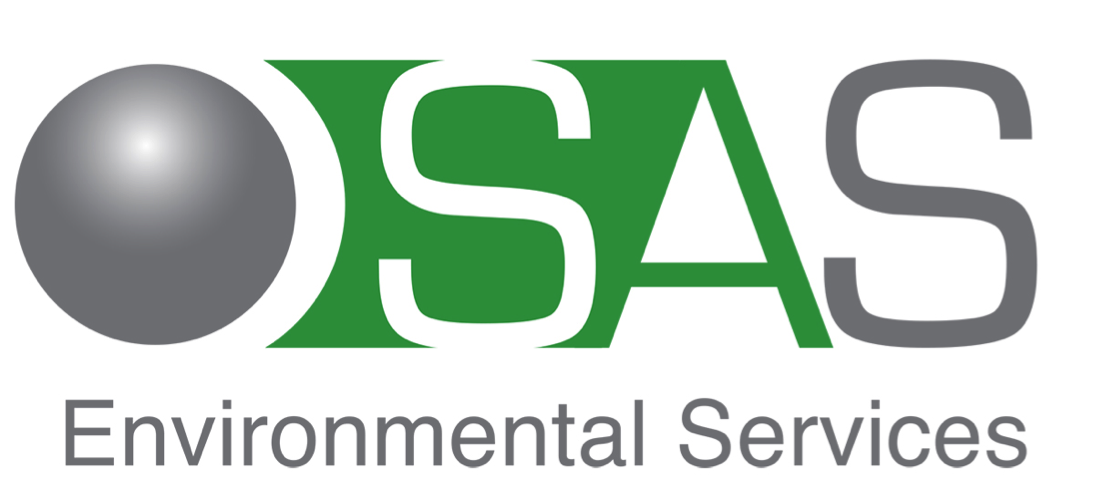Case Study: Drilling Waste Treatment - Canada
/An Alberta, Canada based waste management company used SAS SlopTreat 135SC to split and treat 600 MT of oil slop waste from drilling and production operations.
The Project...
The aims of the project were to:
Maximise the oil recovery from the waste
Minimise the volume of solids to landfill
Reduce BTEX levels to allow for Class II landfill
The SAS Solution...
The SAS SlopTreat 135SC product was added to the slops waste at a range of dose rates from 0.20% - 0.75%. After dosing, the standard inline mixing created a good contact between the product and the waste. A decanter centrifuge then processed the waste to remove the solids.
Extensive analysis was carried out on the recovered solids, the recovered oil and the water phase.
To Sum Up...
Nearly 600 MT of slops waste treated. The average oil content of the waste to start with was 13.7%.
Total oil recovered was 77 m3, representing virtually full oil recovery
A dose rate of 0.75% was the most effective
Recovered solids were below BTEX levels and were disposed in standard Class II landfill
Recovered water was injected in a disposal well



